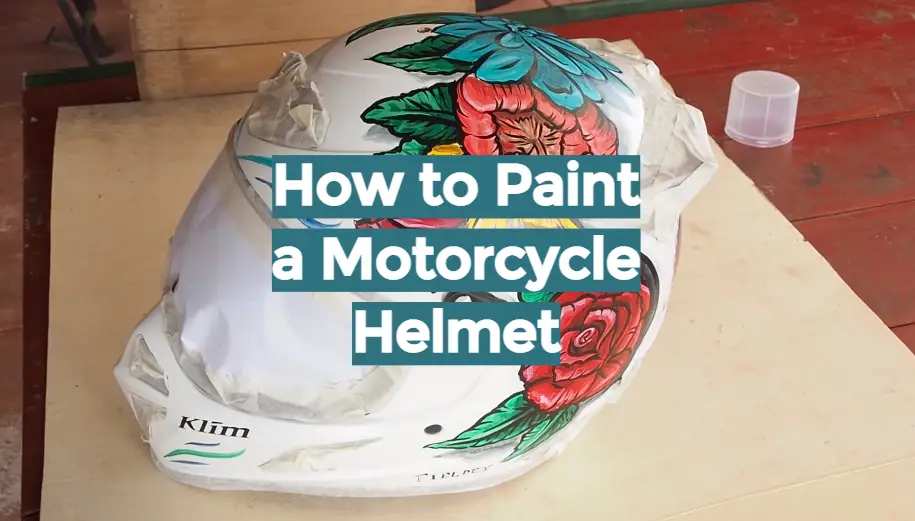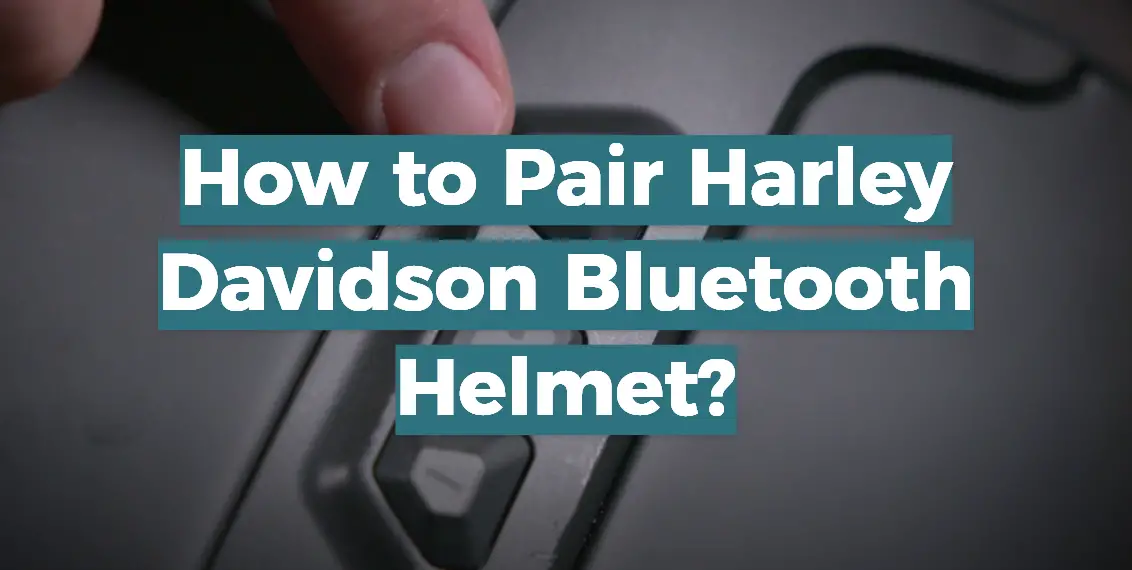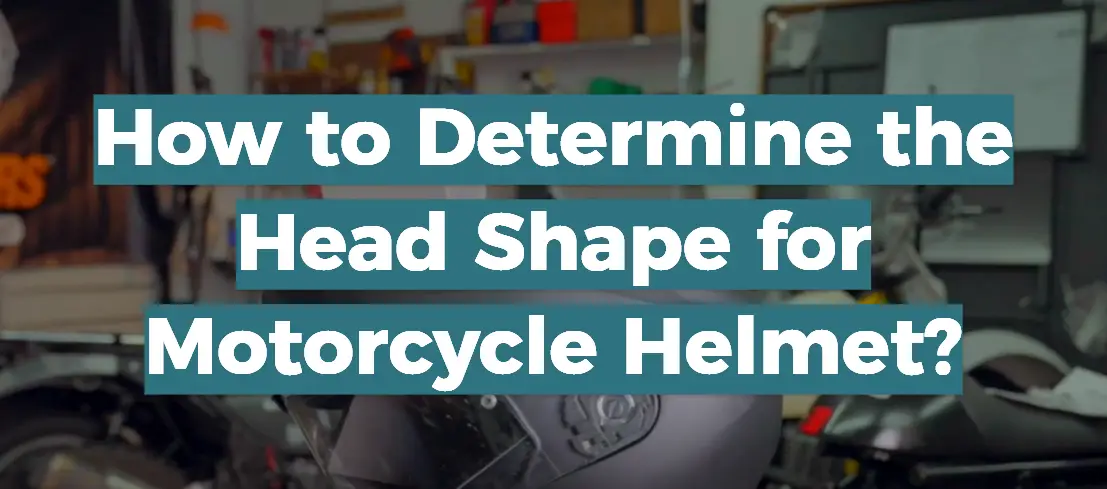The motorcycle helmet is one of the main accessories for fans of fast driving and extreme sports. You can buy it online or in your usual store. They come in almost any color, size, and design. But over time, scratches appear on it and practically every rider and biker have a desire to somehow change their helmet. Some decide to slightly tint the places with defects, while others radically change the color, add a unique picture or sticker.
The most common way to smooth out defects, chips, and scratches is to renew the helmet manually. You can apply reflective or colored stickers, add airbrushing or paint a drawing, repaint the helmet in a different color.
Some motorists during the restoration of the helmet cover it with liquid rubber or varnish. This will also update the look of the product. What is the most effective way?
Table of Contents
Use of stickers and reflective tape during helmet restoration
Should you use stickers? Is this the most effective, budgetary, and aesthetic method to update the look of your helmet? Like any type of restoration, this one has its advantages. Among these advantages are:
- quick-drying, ease of coating;
- affordable price;
- various designs and patterns;
- with the help of a sticker, it is easy to hide minor defects. Scratches, scuffs, and dents do not need to be completely repainted.
Besides all these advantages, recently there have been reflective stickers whose task is not only to hide helmet defects but also to maintain safety on the road.
Besides, there are reflective stickers on sale today. With their help, you will not only update your motor helmet but also become much more noticeable on the road. Stickers are very easy to stick.
To do this:
- Select the drawing.
- Make markings on the helmet; choose a place where you will glue the sticker.
- Peel off the protective layer from the sticker.
- Apply the decal to the helmet and smooth the surface gently.
As for the disadvantages, stickers and any products with an adhesive surface that are used to decorate a motorcycle helmet rarely stay on the surface for over one season. To keep the stickers as long as possible, you can cover them with a laminate. Such a servant is quite expensive and therefore not profitable. If you do not laminate the picture, the applique will quickly lose its appearance and eventually come off altogether.
With all the pros and cons of using decals, it’s safe to say that this is a cheap way to snag a motorcycle helmet, but it is not reliable or durable. Therefore, painting a protective accessory is the best way to refresh an old helmet.
Painting the helmet at home
To paint a motorcycle helmet at home, you do not need to buy expensive materials. If you decide to paint a hockey helmet, motorcycle, snowboard, or bicycle at home, then you should not think that it will be too expensive. An aerosol can be enough for you to apply a drawing using a stencil. You can also use a special automotive enamel. The whole procedure will only take you a few hours, but after drying, you can show off the unique design of the helmet.
First stage: preparation
Before painting the helmet, it is necessary to complete the preparatory work.
- Carefully disassemble the helmet. Remember the sequence of installation of all elements. Cheap helmets have parts that are attached with glue. With such details, you need to be as careful as possible so as not to break anything. As a result, a bare “shell” should remain.
- Prepare the surface. To do this, you need to close all the holes using masking tape. Some helmet models make it very difficult to unfasten the straps. Here, we advise you to wrap them with unnecessary paper and fix them with adhesive tape so that they do not interfere with your helmet painting in the future.
- The next step is to sand the surface. Use sandpaper to do this well. Choose sandpaper that has 300-400 grit. Dampen sandpaper in warm water. This will help to remove the paintwork of the helmet better. Then change the emery paper and walk over the surface of the helmet again. After you have removed the top coat of paint and the helmet surface is uniform, take 600 sandpaper and clean the helmet surface again. Do not overdo it while doing this. Your task is to remove only the top layer of varnish. You don’t need to wash the crust with plastic.
- Wipe the surface with a damp cotton cloth to remove any whitish deposits. You can use any dishwashing liquid for cleaning at this stage.
- Check again that all holes in the helmet are well sealed with masking tape. When painting, be careful not to get paint on the inside of the helmet and headset. To do this, it is best to stuff the inside of the helmet with a sealing material or put a piece of unnecessary cloth inside.
Second stage: painting
There are several ways to reconstruct a helmet and painting the helmet with alkyd or acrylic paints is one of the most common. Why do many motorists choose this option? Such paints are easily washed off and the pattern can be corrected and changed several times. If you open alkyd paints or acrylic varnish, then such a pattern can withstand any weather. Such a pattern will be as strong as possible.
It is best not to use standard hand-held spray guns to paint the helmet. It will be difficult for you to achieve the highest quality color without streaks and streaks. If you decide to use paints in aerosols, then pay attention to the benefits of this use.
It is convenient to apply paint. Using a spray can create an even and thin layer. If you want to make the coat thicker, simply re-coat the paint.
Car enamels and varnishes in aerosol cans have a small volume. The volume in such sprays is enough to paint the entire helmet. In addition, the price of such spray cans is small when compared with professional airbrushes.
Big choice. We can buy such cans with paint at almost any online store or car cosmetics and auto chemistry store. The variety is great, there are glossy and matte paints, paints with a metallic effect, tinting varnishes, paints with glitter.
When painting, use special hand painting machines. We equip them with air compressors and guns for easy paint spraying. With their help, you can make a beautiful color tone, and without smudges.
Start painting by preparing the base coat. To do this, wipe the surface of the helmet with a plastic thinner. Apply this compound in a very thin layer and leave the helmet to dry completely for several hours. After a couple of hours, we can apply the first coat of paint to the surface of the helmet.
Apply paint away from the helmet surface. Ideally up to 10 inches. Don’t forget about your protection. When working with sprays, you must wear a respirator so as not to inhale paint particles and get toxic poisoning.
If we talk about the most colorful coating, then any coloring composition for cars is suitable. One helmet uses about 10 ounces of paint. Typically, painting a helmet requires up to three coats of paint. It all depends on its density, manufacturer, and method of application.
After you have finished painting your helmet, do not touch the paint. Until you apply a protective layer, you can scratch the surface or leave unwanted marks.
Third stage: post-processing
This is the final step where each owner chooses what their finished motorcycle helmet will look like. The outcome of the helmet painting will depend only on the personal preference of its owner. Matte surfaces are in fashion, so we will tell you how to properly fix the paint and make a joining surface. But you can also choose the gloss. We also remembered this in our guide.
For a matte finish, apply a very thin coat of varnish with a spray bottle. Before applying varnish, carefully wipe the surface and remove all possible dust and lint. Wipe everything thoroughly and do not leave them under varnish, if you do not want to ruin the finished result and do all the work again.
If you like classics and prefer a bright and shiny surface, you need to cover the helmet with several layers at once. Two to three coats will be enough to create a glossy finish for the helmet to be as bright as possible.
Also, pay attention to the lower edge of the helmet. At the last stage, it is better to glue it over with masking tape. If you leave this part of the helmet open, then there will be clumps of excess varnish. It is better to avoid such situations, because the product will lose its expensive look, and it will be very difficult to get rid of smudges.
Once the varnish is completely dry, you still have a few options for redesigning the helmet. You can leave one color, add airbrushing, make a drawing yourself or glue on a ready-made one, you can add stripes of paint or glue reflective strips. It all depends on your skills and imagination. The main thing is that you do not rush, think carefully about everything, weigh the pros and cons. If you decide to apply a drawing, then take a sketch of the time. You should not draw anything that comes in handy, because it will be extremely difficult to remove such a drawing.
Even if you decide to draw several stripes of different colors. Pay maximum attention to this moment. Cut these strips out of paper, attach them to your helmet and see how it looks. Perhaps you will need to replace something, change the slope, change the colors of the stripes in places and so on. A well-thought-out and clear idea will surely look expensive and beautiful on your helmet. Perhaps your friends will not even suspect that you came up with such a design yourself. And this is another reason to hear praise about yourself.
In order for the finished designs to better adhere to the surface of the helmet, it is necessary to pre-treat it with a small amount of detergent or soapy water. If you stick the stickers in this way, then you can easily adjust their position and change the place of sticking. If you are gluing vinyl, use hot glue.
Stage four: assembling the helmet
After finishing painting, varnishing the helmet, and gluing or painting, you can remove the masking tape from the helmet and pull out the padding. All you have to do is to collect all the parts and attachments of the helmet. After that, you can put it on. All that remains is to assemble the updated protective accessory and use it, without fear of damaging the bright surface.
Painting with liquid rubber
Another popular method is to paint the helmet with liquid rubber. Using liquid rubber for coloring the helmet has several significant advantages.
Among the advantages of this method, you do not need to remove the old paint coat. You also leave the primer in place. For coloring, you do not need to buy some very expensive equipment, spend a lot of time removing the old layer, sanding, removing lint, and so on. Choose a comfortable place, prepare the liquid rubber, sit back and start working. In addition, each layer of this material dries for about 30 minutes. This means that you will significantly save time for painting your helmet. Also, liquid rubber can be easily removed from the surface of the helmet, which will allow you to remove or change the existing paint option.
Work on the helmet will comprise several not very laborious stages. During the first stage, you will need to degrease the surface of the motorcycle helmet, remove excess dust and dirt. Then take some masking tape and glue the areas that you won’t paint. Also, using the same tape, you can select the work area, the place where you will apply the drawing.
If you decide to paint the helmet in several colors, then using masking tape you will glue the previous layer. The first layer should be as thin as possible. This layer is the coupling. It helps bond the liquid rubber to the surface of the helmet. This layer dries from 10 to 20 minutes, after which you can start applying the second and subsequent layers. All other layers dry longer, up to 30-40 minutes. Pay special attention to the last layer. Especially carefully paint over the joints of the masking tape with the surface of the helmet.
Now we remove the masking tape and proceed to remove excess liquid rubber from the surface of the helmet. We finish staining and clean the visor. Your helmet is now ready to use.
Final words
A high-quality helmet is reliable head protection in the event of an accident or an unexpected fall from a vehicle. But that’s not all. This element of personal safety of a motorist reliably protects from midges, wind, sun, and even small stones that can fly out from under the wheels of vehicles in front.
There are four types of helmets – open, modular, cross, and integral. As for the “integrals”, they are closed type helmets. These devices guarantee the driver the best protection against wind, dust, noise, and sun. The only downside to this helmet is that it gets too hot when traveling at low speeds. Besides, these helmets are quite bulky and heavy and the most difficult to paint.
Despite this, if you follow the instructions above, you can make your helmet unique and inimitable, and give it a few more years of service.






Leave a Reply